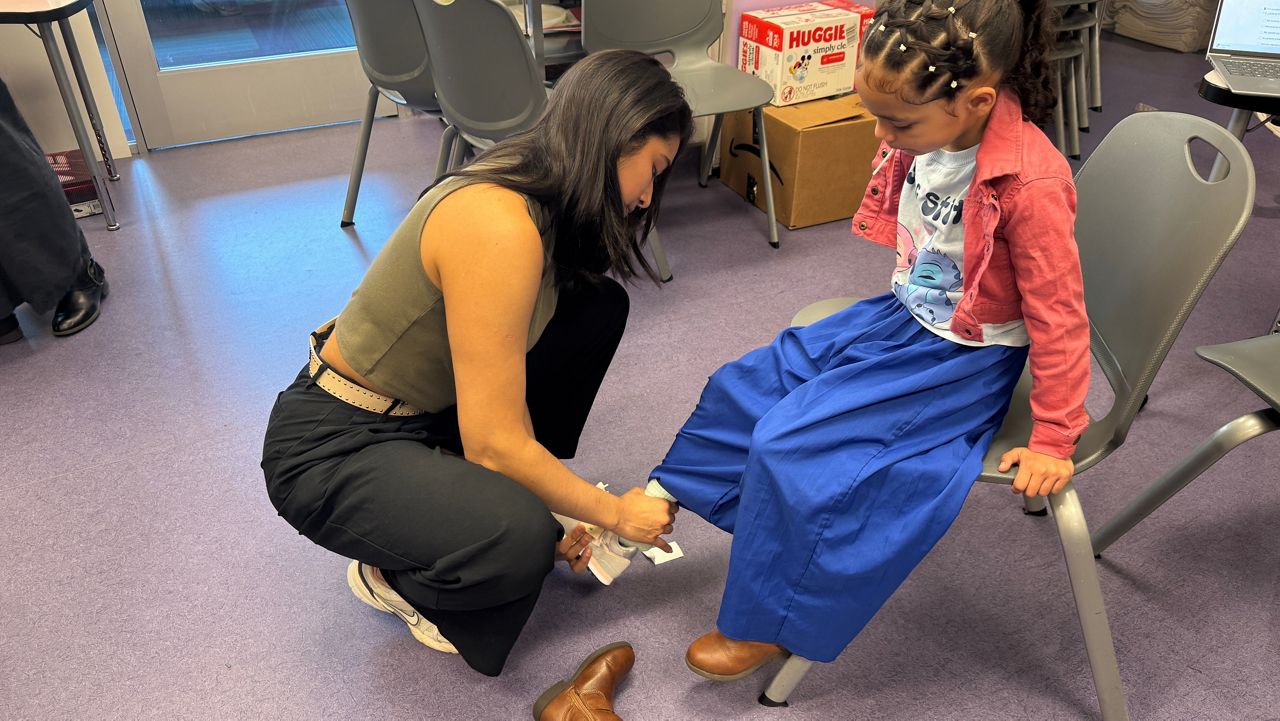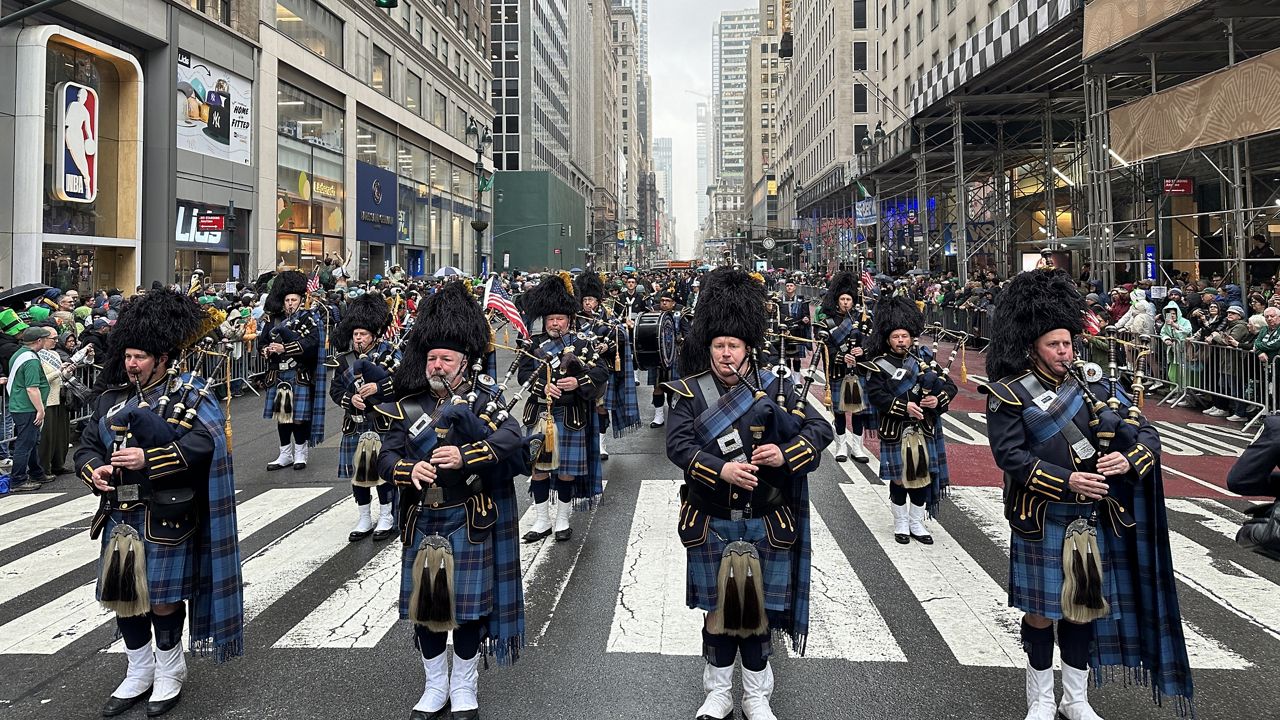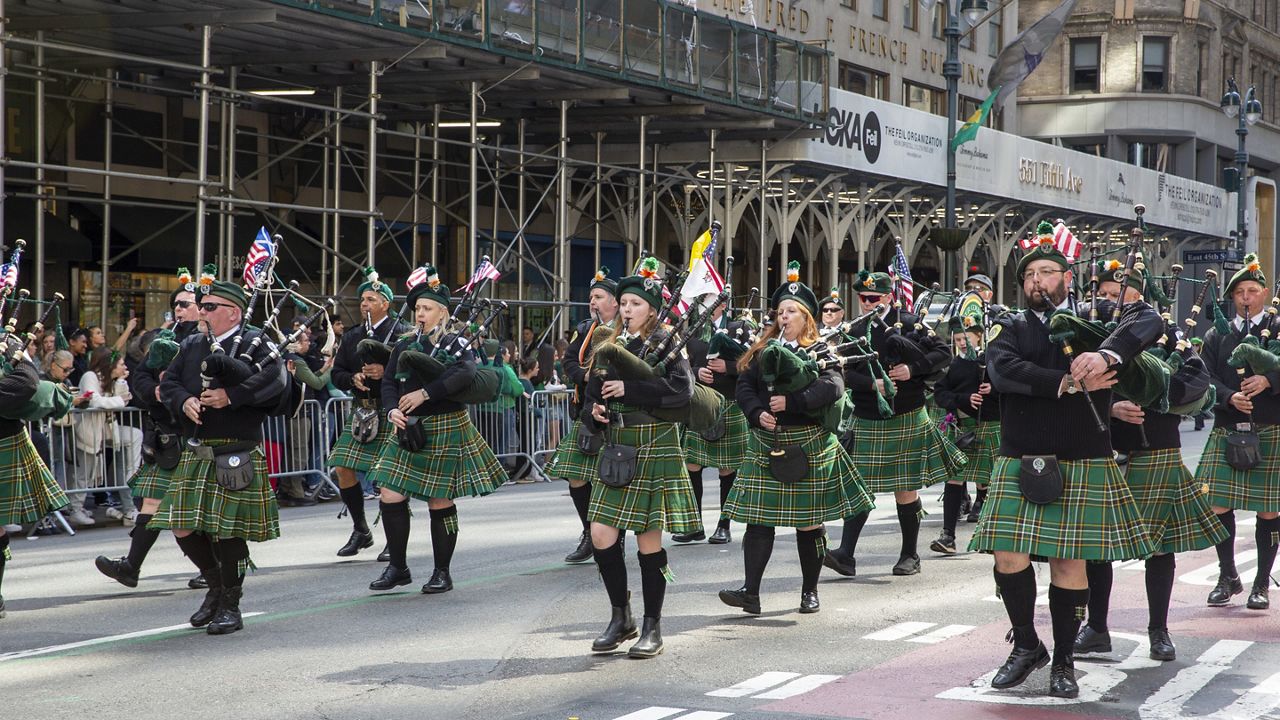Paolo Bordignon makes music on one of the world's largest musical instruments. It’s the pipe organ at St. Bartholomew's Church in Midtown, which has 12,422 pipes.
"I came to this instrument after I earned a doctorate, and it took a good long time to really get to know the instrument very, very well," said Bordignon, a Juilliard-trained musician who is organist and choirmaster at St. Bart's. "But now, of course, playing it week in and week out, you really get to know the ins and outs of every character, every stop."
What You Need To Know
- St. Bartholomew’s Church is located on Park Avenue, between East 50th and East 51st streets
- The church, which was founded in 1835, has been at three different locations
- The current church building opened in 1918
- The St. Bart’s pipe organ is the largest in New York City, and one of the largest in the entire world
The organ appears imposing, considering all the keys, knobs — known as stop knobs — and foot pedals he has to keep track of to play the massive instrument. In the case of the St. Bart's organ, the pipes are all over the historic building, even within its dome.
It all starts in basement, where turbines blow air through a system of conduits, making it possible for the organ to operate.
"We have five blowers that supply all of the air, for all of the different parts of the instrument,” Bordignon said.
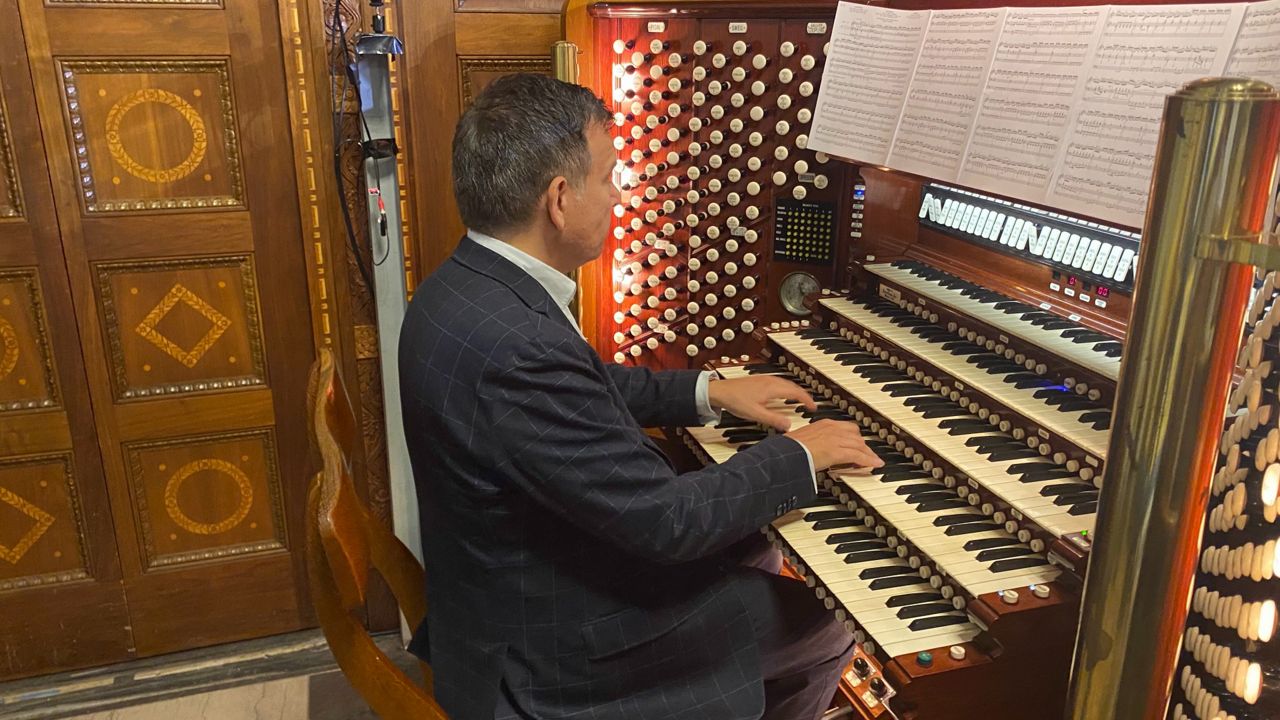
While the pipe organ is the big attraction at St. Bart's, there is also a rich history. The Episcopal congregation was founded in 1835 in present-day NoHo. It moved to Madison Avenue and East 44th Street in 1872, and then to the current National Landmark location on Park Avenue, between East 50th and East 51st streets, in 1918.
An independent group of historic preservationists known as the St. Bartholomew's Conservancy raises funds to restore the church, which features a “triple portal” entrance from noted architect Stanford White on the Park Avenue side that was actually brought from the old Madison Avenue building.
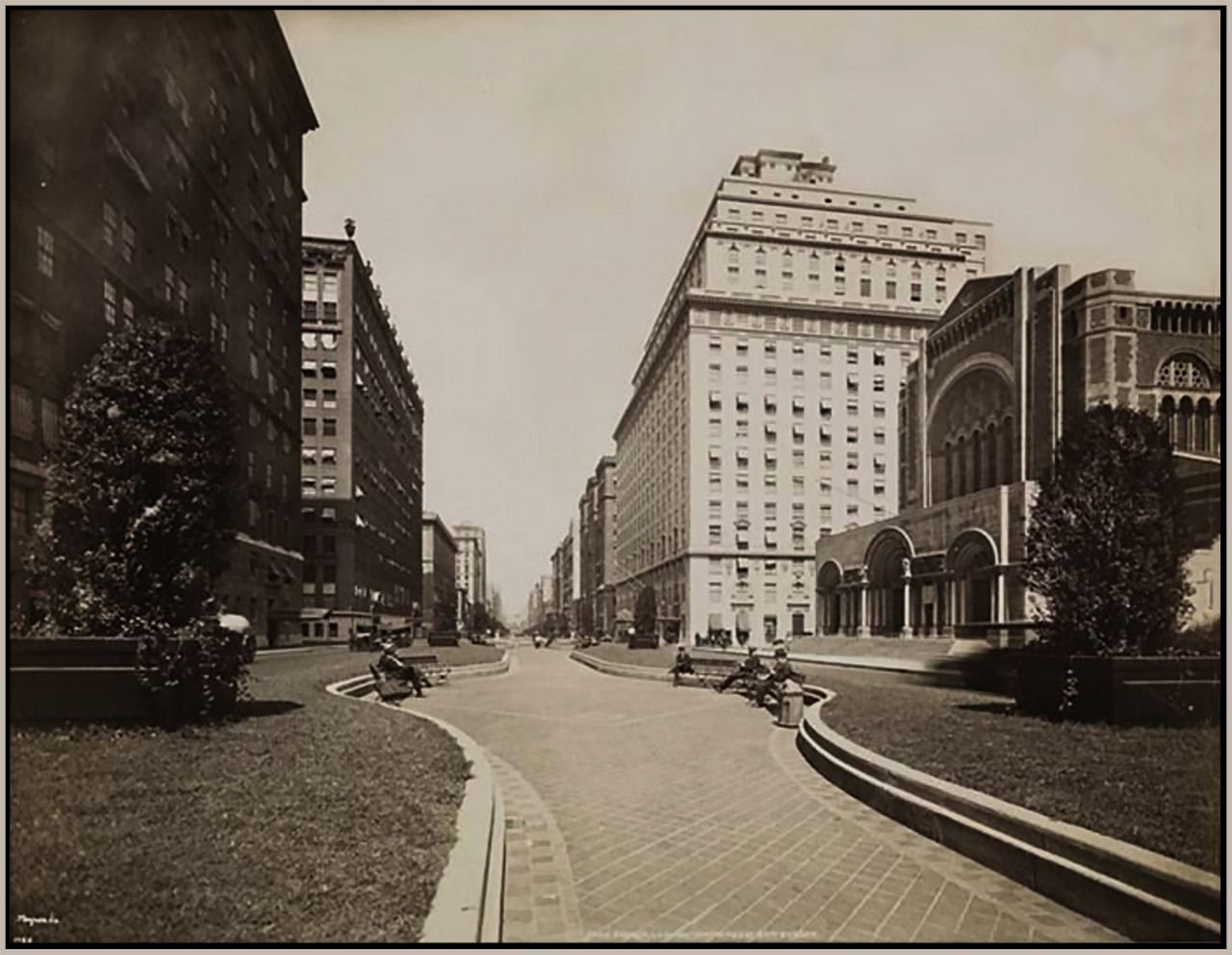
"Our mission is to make it easier for them to oversee the complete restoration of the building, ultimately, with our help,” said Carole Bailey French, board president of the Conservancy.
So no matter how the city changes, the architectural gem will remain amid the office buildings of Midtown — and the sounds of the organ will be heard for years to come.







